A Plea for Visual Disarmament
In many cases, graphic design is thought of primarily in functionalist terms, that is, as a rhetorical device to communicate certain content with “neutrality” or “objectivity,” and with a determinism rooted in the content being communicated.
But, what if we understand graphic design as a space of translation and interpretation that captures not only the content to be translated, but also the potential for subtle activism that is about our social interaction, in general?
Social activism is widespread these days: People engage in environmental protection, equality, diversity, or postcolonial discourses, for example. Graphic design plays an important role in communicating such commitments by giving them a visual voice. I call this activism with the help of graphic design. However, in the course of our thought experiment, at this point I would like to argue for activism within graphic design. And this activism could oppose the capitalist compulsion of simplification, uniformization, and escalating spectacle, as this compulsion makes diversity, mindfulness, and public spirit, for example, increasingly problematic.
The activism within graphic design, that I have in mind could be directed towards a critical reflection of our graphic design culture – its qualities and abysses. Just like we are lately busy questioning spoken and written language against the background of for example gender and post-colonial thoughts.
For there is no determinism in the design of a visual language for a particular concern. Ultimately, I have the free choice of choosing either the rhetoric of howling down or that of whispering. I have the choice whether my language is oriented towards pop cultural and/or commercial trends, or, for example, towards historical and/or postcolonial consciousness. I have the choice whether personal style is more important to me than mutability, etc.
So, in my eyes, it is not only a question of successful rhetorical function, but at least as much a question of the rhetoric culture in which we live, and in which we develop our utterances. For I wonder whether today’s visual culture supports an enlightened and discursive meritocracy – a community in which constructive achievements and skills help to make our voice heard and influential? After all, how enlightening and discursive can a language culture be, that is primarily characterized by loudness, egocentrism or rather stylistic urge, spectacle, and perhaps even aggressiveness?
We must be aware that visual communication can be as much an integral part of meaningful social and intercultural communication as its decay, since it not only supports the discursive element of public life – what I would call a quality – but also the monological, ruthless competition for attention in economized societies – what I would describe as an abyss.
In other words, visual communication potentially works just as well on social participation as on social exclusion. But isn’t the emphasis increasingly on the latter? And let’s be honest: Isn’t the orchestration becoming more and more important compared to the statement? Let’s just look at for example American election campaigns: Differentiated content disappears completely behind the orchestration.
So, are we increasingly living in a kind of “attention oligarchy” that displaces our meritocracy? In an attention oligarchy, authorship is replaced by rhetoric, because in the predatory competition for attention, the only thing that matters is gaining power through staging. For the more attention becomes the dominant currency of our time, and only an accumulation of it under the burning glass of a branding secures the existence of the individuals, the more the concentration shifts from the head to the larynx, and the spiral of individuation, spectacle and noise turns to ever more extreme heights. A spectacularly staged opinion (or conspiracy theory) then trumps any cognition – the basis of a meritocracy – since cognition means deceleration, ambiguity, modesty, listening and therefore silence.
But how could one concretize an activism within graphic design, which aims at a meaningful visual culture? My thesis is: an activism for so to speak “pacifist” and “sustainable” visual communication. Or better: an activism for visual disarmament. As someone clever once said: “They still exist, the brave ones. You just don’t hear them so well because the brave ones speak softly today.”
Or am I starting to generalize here? Am I formulating a supposedly universal, but ultimately Eurocentric view of graphic design? Honestly, it’s hard for me to escape this perspective, since I’m living and working in Europe for five decades. And therefore, I’m curious to learn about a for example Eastern perspective of this subject, since the Eastern concepts of humility, individuality and public spirit alter from the Western ones! In order to provoke this maybe altering view on the subject, let me try to elaborate my thought:
As a western graphic designer, I’m part of a system, that is completely and thoroughly economized, and characterized by neoliberal self-optimization and self-exploitation. I’m part of a society in which self- and trademark branding, and thus an omnipresent communication of overpowering is part of its DNA, and the struggle for a collective utopia is often replaced by charity. Therefore, I ask myself: How can I mindfully state something meaningful in a society of self-referential shouting necks? By shouting even louder? I have my doubts. So, would it be wrong to make visual disarmament the subject of an activism in nowadays European and/or Western design?
If I agree with this, the next question immediately arises: Are graphic designers not only rhetoricians of a message that is conveyed to them by others, with only limited power? Can graphic design evade the capitalist logic described above, pursue visual disarmament without becoming unseen, and thus contribute to the necessary nuances of an activist and porous social dialogue?
After all, we shouldn’t be deluded: The purpose of (graphic) rhetoric is the efficient use of seductive heuristics to form attitudes in other people and to influence their actions. Nevertheless, persuasion presupposes choices. And this is where I see the potential of graphic design to contribute to a constructive interaction: Graphic designers can be mindful wanderers between different ways of thinking, communicating and living.
Graphic designers can anthologize, collect, and seek and offer several answers at the same time, hoping that some of them echo with meaning. It would then not be a matter of transgression, appropriation, subjugation, or conformity, but rather a gentle back and forth, similar to the service of a ferryman. Visual communication would then not be a monologue one-way street of escalating rhetoric, but it would keep all communicative impulses attentively and dialogically in view. It would also seek the universal, but it would do this in the common, and not in the totalitarian one, or in the superficially similar, incorporable.
If graphic design wants to contribute to a constructive social coexistence – to “inter-activism” – it should echo instead of impose and (covertly) manipulate. Visual disarmament, resonance, multilingualism, tolerance of ambiguity, nuance, transparency and the willingness to transform could then be key concepts of a creative attitude that focuses on its inherent dialogic potential.
But, don’t get me wrong: The concept of visual disarmament does not mean to enforce a doctrine of generally quiet tones. It could mean, however, that for every contextually developed visual language, the question of mindfulness is raised, that is, how far the spiral of individuation, spectacle and noise can be counteracted.
Certainly, this is not an activism of grand gesture, because overpowering is contrary to the dialogical principle; after all, constant saber rattling with overflowing arsenals of weapons rarely stimulates open dialog. That’s why I think, that gentle gestures are exactly what is needed to make the conditioning by different value systems porous.
Ingo Offermanns is professor of Graphic Art at the HFBK Hamburg. In June, his comprehensive publication Graphic Design Is (...) Not Innocent was published by Valiz. It is based on the three-part conference series "Point of no Return", which took place at the HFBK Hamburg in 2019. The publication aims to initiate a dialogue between designers, scholars, critics and commissioners, who investigate responsibilities, potentials, politics, limits and risks of designing visual communication. How innocent is graphic design? Whom is it addressing, whom is it in/excluding? What does it bring about? When defining the role and impact of visual communication, what future questions lie ahead?
The text by Prof Ingo Offermanns was published first in Lerchenfeld #62.














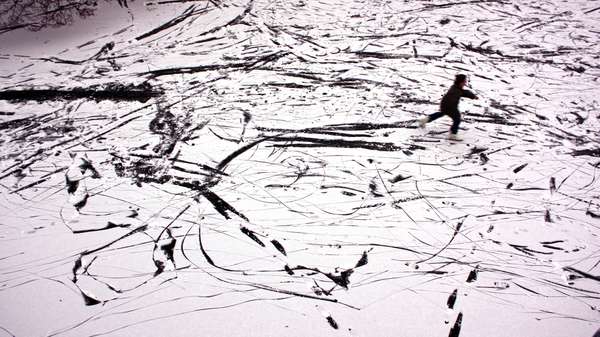
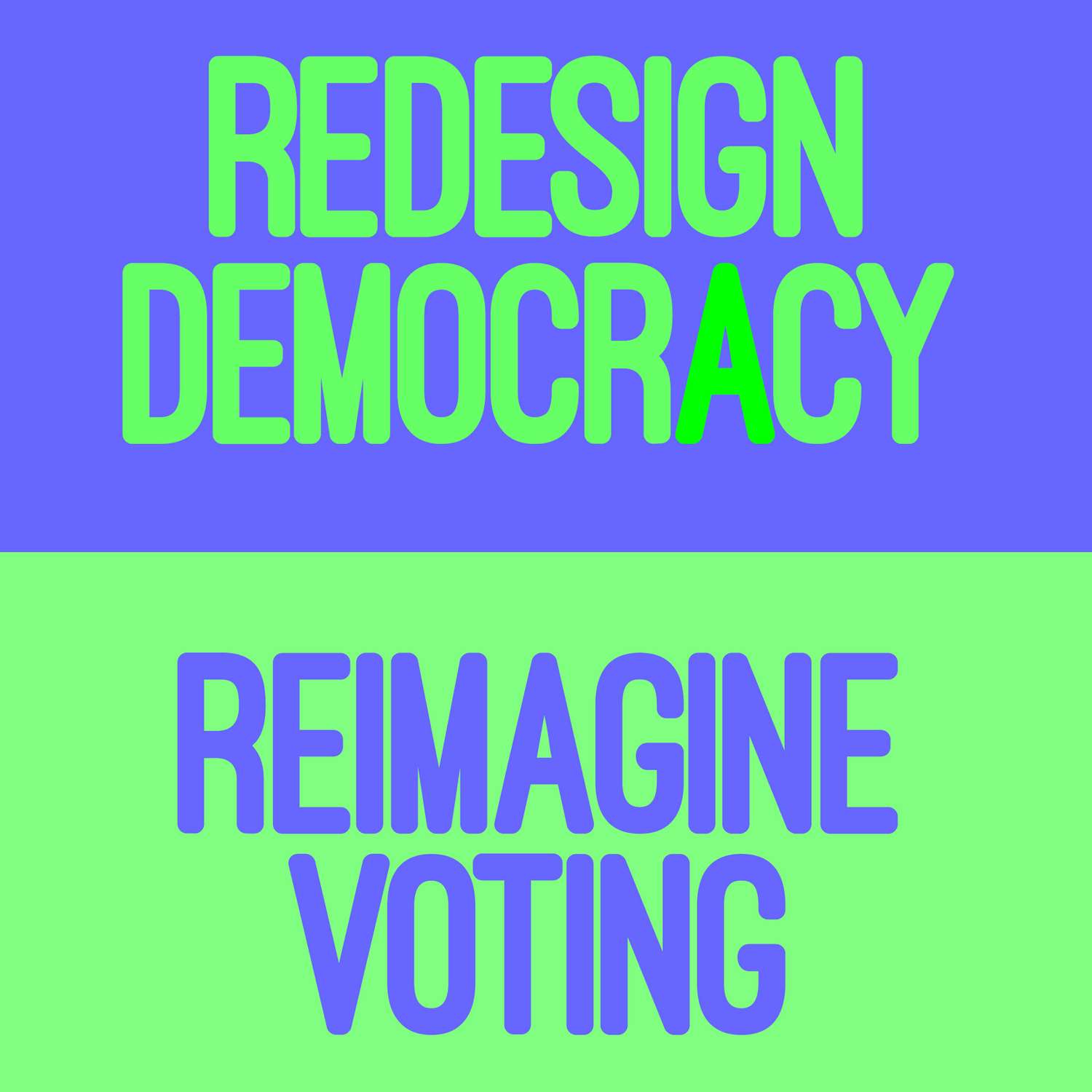
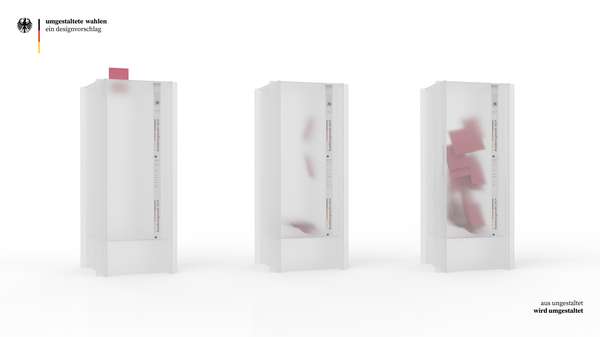






















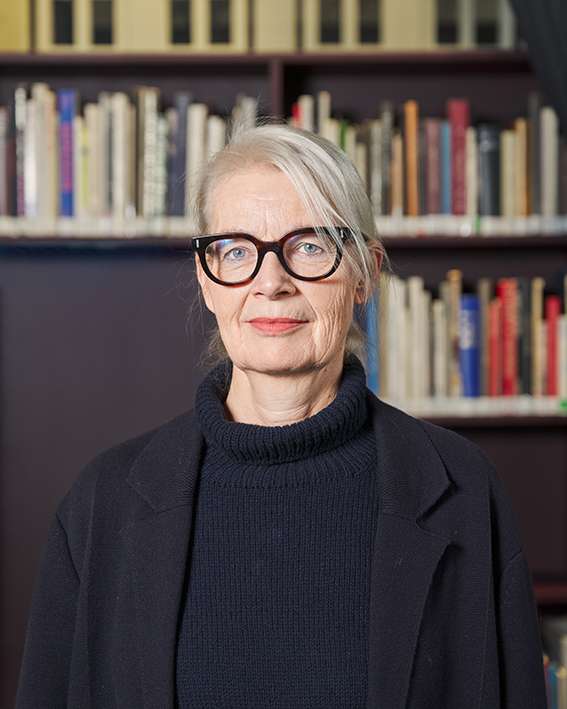









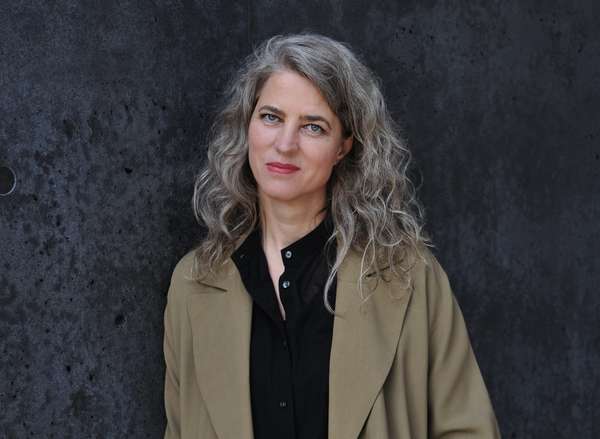




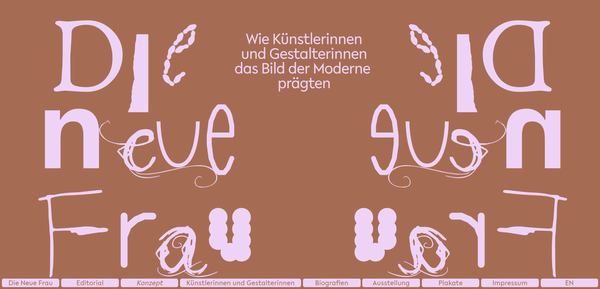

















































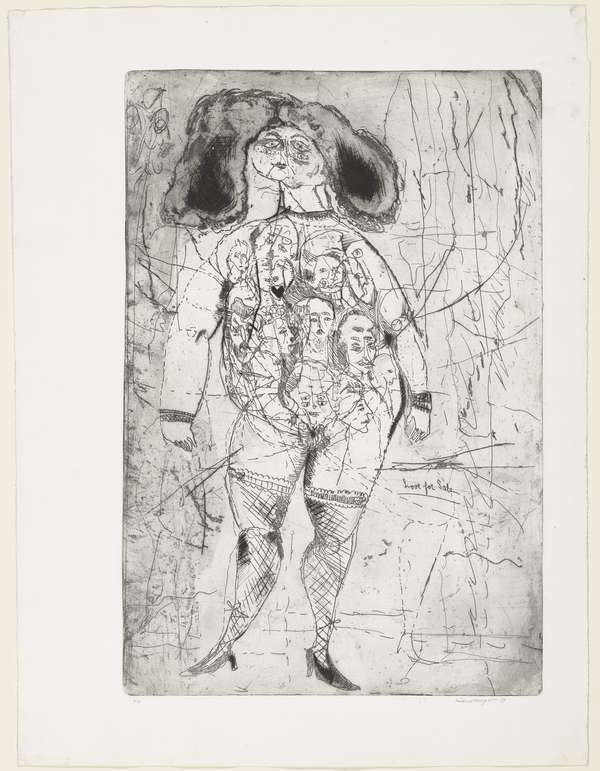



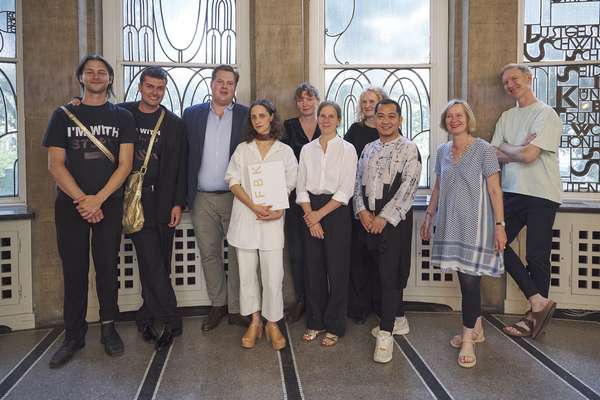



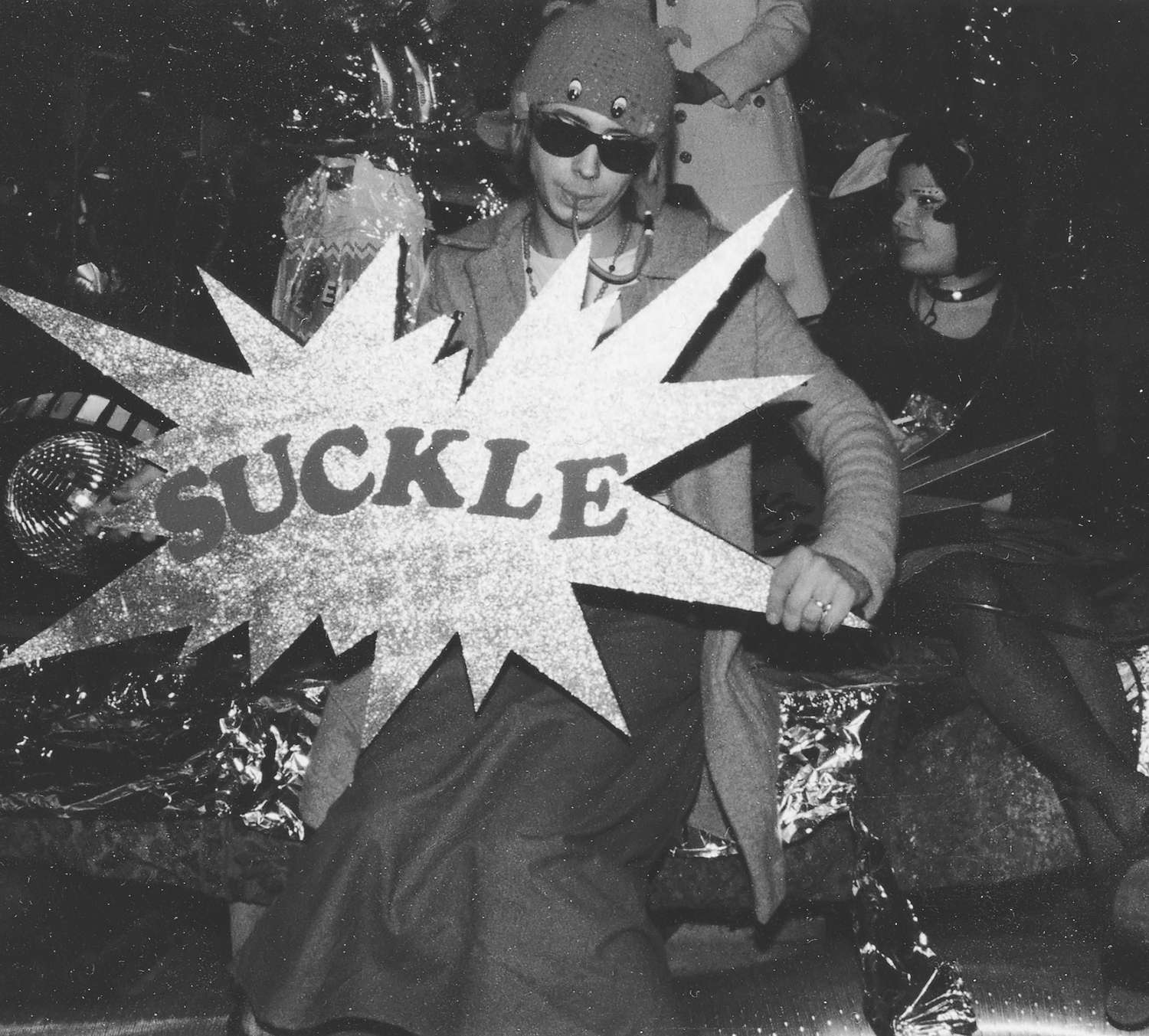





















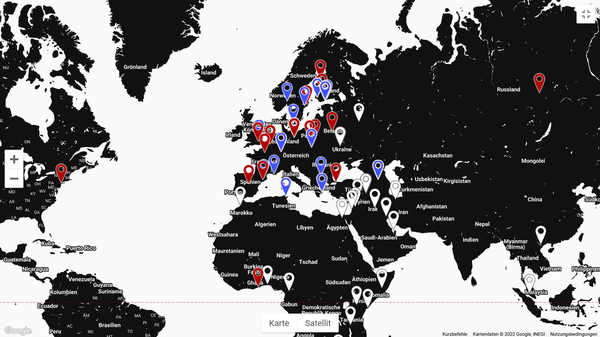











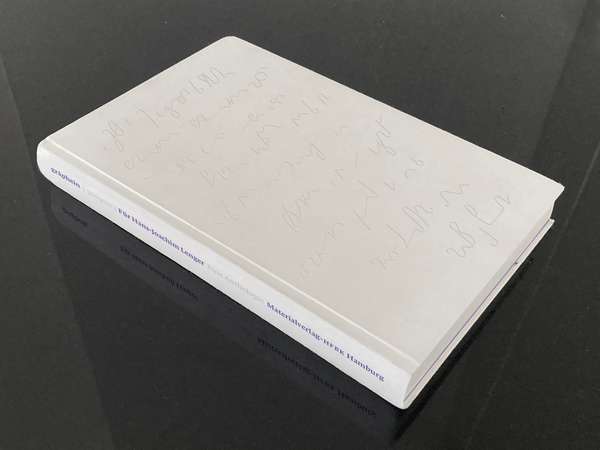



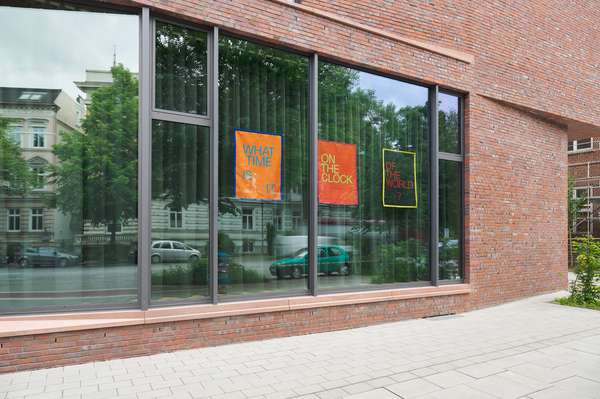


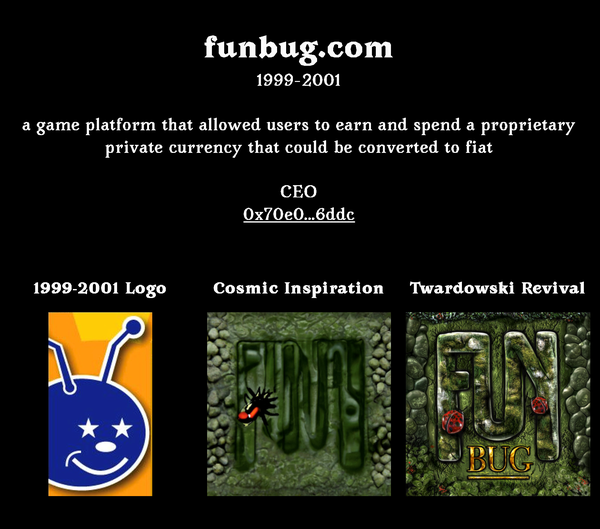







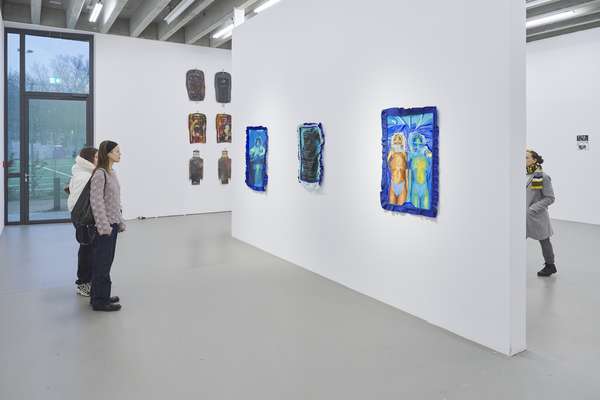



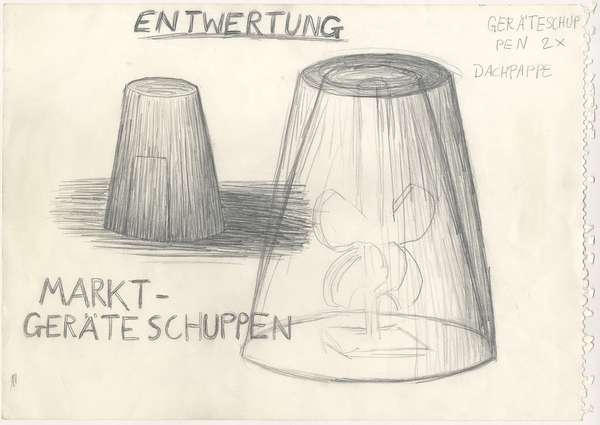











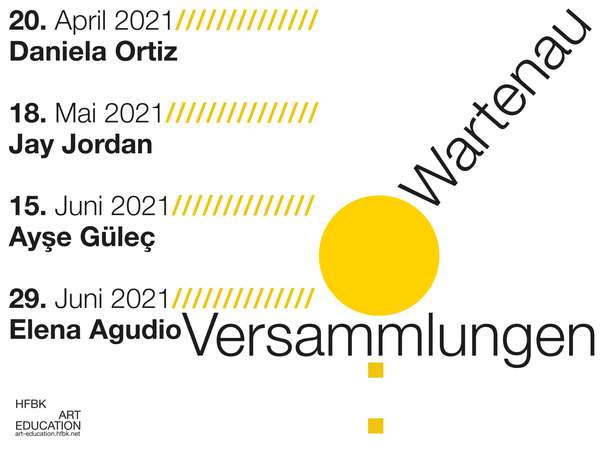











































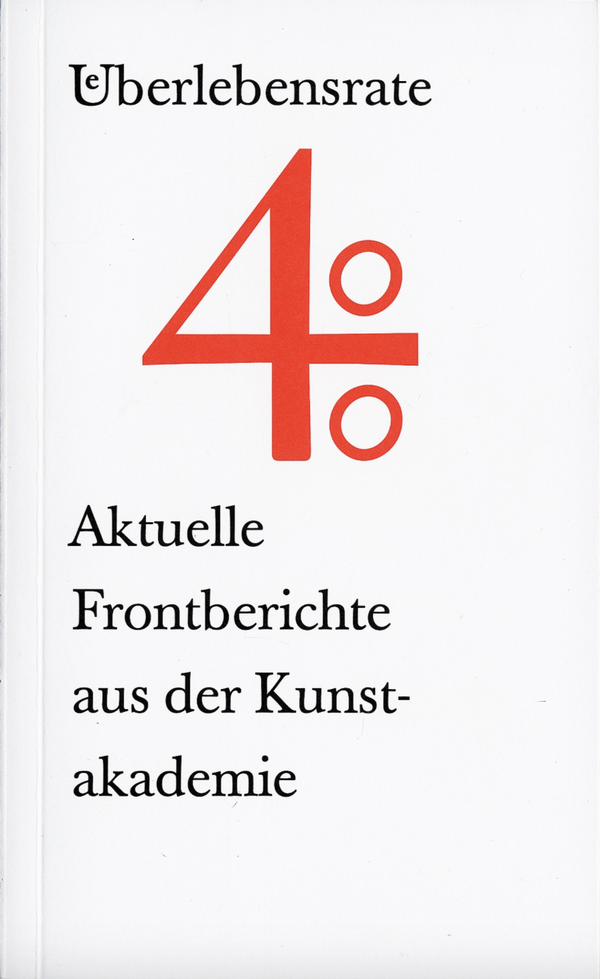




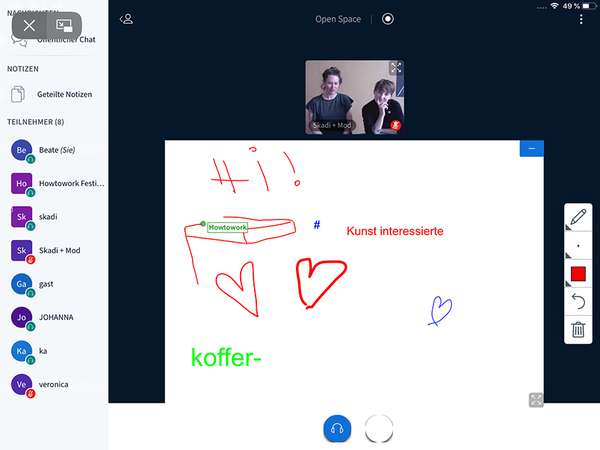


 Graduate Show 2025: Don't stop me now
Graduate Show 2025: Don't stop me now
 Long days, lots to do
Long days, lots to do
 Cine*Ami*es
Cine*Ami*es
 Redesign Democracy – competition for the ballot box of the democratic future
Redesign Democracy – competition for the ballot box of the democratic future
 Art in public space
Art in public space
 How to apply: study at HFBK Hamburg
How to apply: study at HFBK Hamburg
 Annual Exhibition 2025 at the HFBK Hamburg
Annual Exhibition 2025 at the HFBK Hamburg
 The Elephant in The Room – Sculpture today
The Elephant in The Room – Sculpture today
 Hiscox Art Prize 2024
Hiscox Art Prize 2024
 The New Woman
The New Woman
 Doing a PhD at the HFBK Hamburg
Doing a PhD at the HFBK Hamburg
 Graduate Show 2024 - Letting Go
Graduate Show 2024 - Letting Go
 Finkenwerder Art Prize 2024
Finkenwerder Art Prize 2024
 Archives of the Body - The Body in Archiving
Archives of the Body - The Body in Archiving
 New partnership with the School of Arts at the University of Haifa
New partnership with the School of Arts at the University of Haifa
 Annual Exhibition 2024 at the HFBK Hamburg
Annual Exhibition 2024 at the HFBK Hamburg
 (Ex)Changes of / in Art
(Ex)Changes of / in Art
 Extended Libraries
Extended Libraries
 And Still I Rise
And Still I Rise
 Let's talk about language
Let's talk about language
 Graduate Show 2023: Unfinished Business
Graduate Show 2023: Unfinished Business
 Let`s work together
Let`s work together
 Annual Exhibition 2023 at HFBK Hamburg
Annual Exhibition 2023 at HFBK Hamburg
 Symposium: Controversy over documenta fifteen
Symposium: Controversy over documenta fifteen
 Festival and Symposium: Non-Knowledge, Laughter and the Moving Image
Festival and Symposium: Non-Knowledge, Laughter and the Moving Image
 Solo exhibition by Konstantin Grcic
Solo exhibition by Konstantin Grcic
 Art and war
Art and war
 Graduate Show 2022: We’ve Only Just Begun
Graduate Show 2022: We’ve Only Just Begun
 June is full of art and theory
June is full of art and theory
 Finkenwerder Art Prize 2022
Finkenwerder Art Prize 2022
 Nachhaltigkeit im Kontext von Kunst und Kunsthochschule
Nachhaltigkeit im Kontext von Kunst und Kunsthochschule
 Raum für die Kunst
Raum für die Kunst
 Annual Exhibition 2022 at the HFBK
Annual Exhibition 2022 at the HFBK
 Conference: Counter-Monuments and Para-Monuments.
Conference: Counter-Monuments and Para-Monuments.
 Diversity
Diversity
 Live und in Farbe: die ASA Open Studios im Juni 2021
Live und in Farbe: die ASA Open Studios im Juni 2021
 Unlearning: Wartenau Assemblies
Unlearning: Wartenau Assemblies
 School of No Consequences
School of No Consequences
 Annual Exhibition 2021 at the HFBK
Annual Exhibition 2021 at the HFBK
 Semestereröffnung und Hiscox-Preisverleihung 2020
Semestereröffnung und Hiscox-Preisverleihung 2020
 Teaching Art Online at the HFBK
Teaching Art Online at the HFBK
 HFBK Graduate Survey
HFBK Graduate Survey
 How political is Social Design?
How political is Social Design?